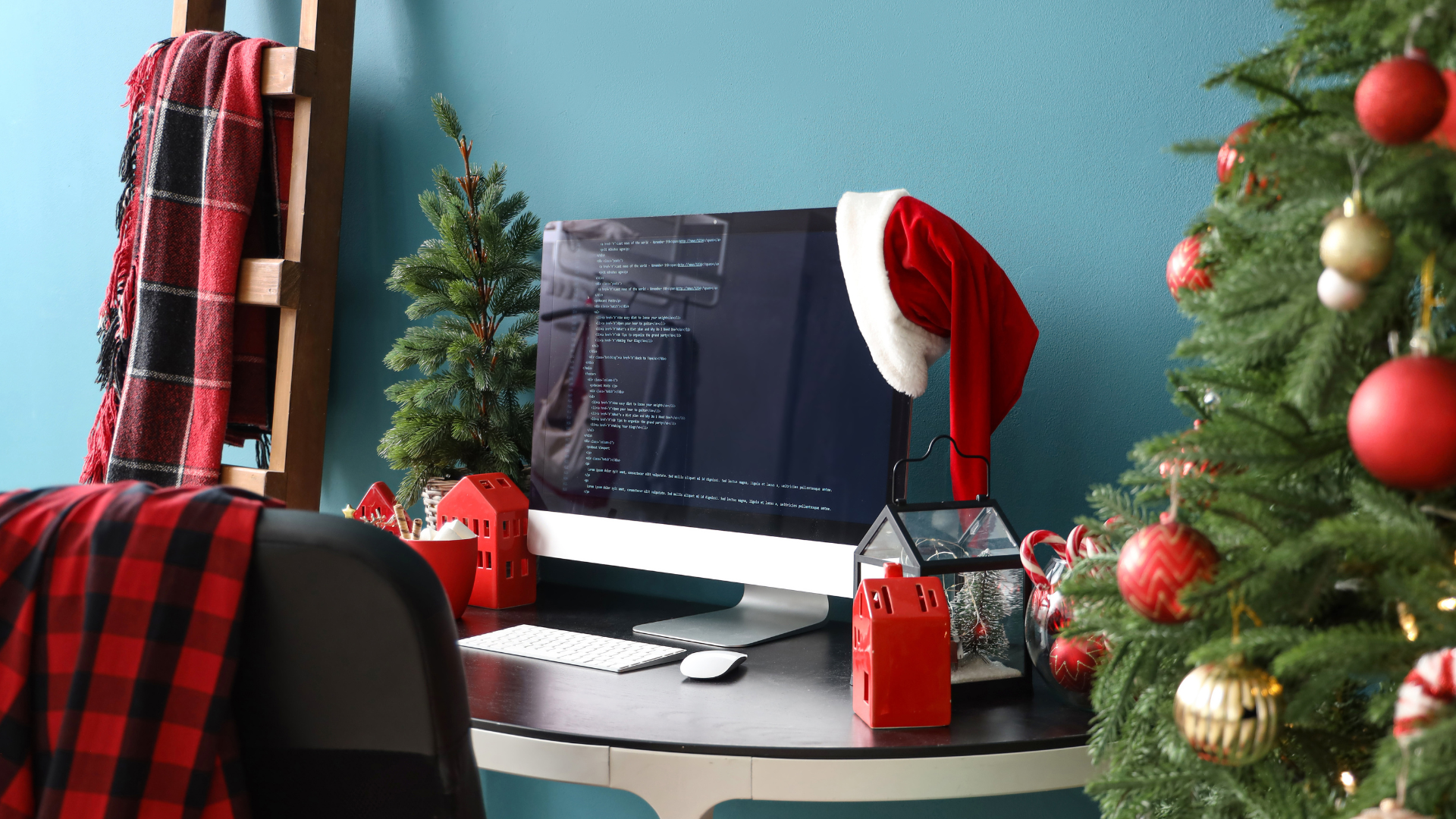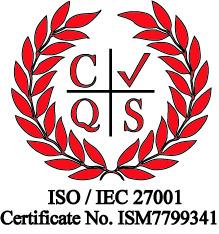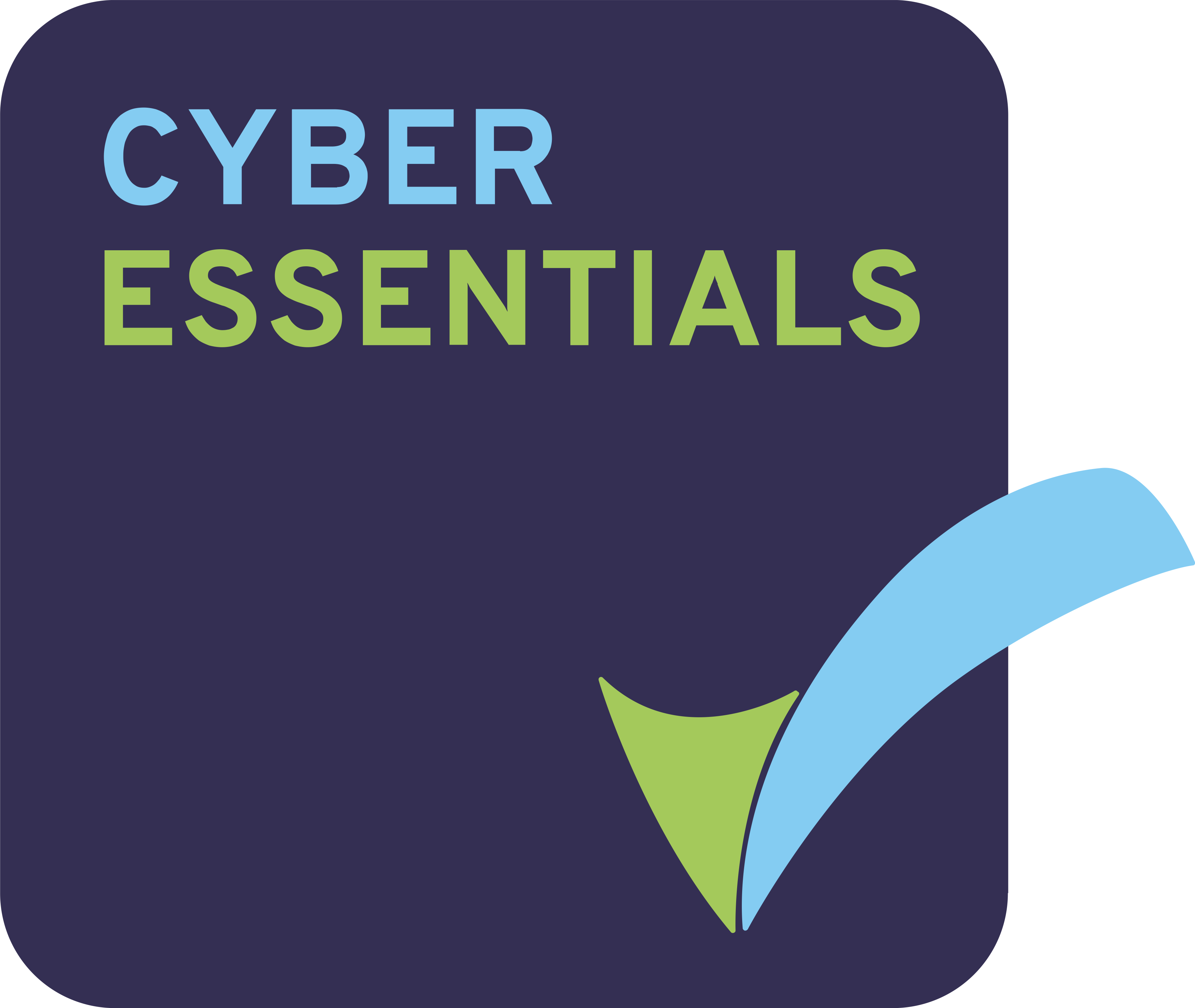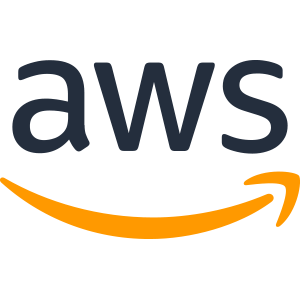Aligning Workplace Environments with an End-to-End Approach.
Simply installing technology won’t automatically improve team collaboration, real progress happens when people feel empowered and comfortable using the space to work together.
For a project to succeed, it’s crucial to first gain a thorough understanding of how your teams work and what they truly require beyond merely adopting the latest technologies. Bringing all key stakeholders (IT, HR, Facilities, CIO, Business App) into the conversation from the outset ensures that everyone’s needs and objectives are fully aligned.
Modern meeting systems now support a wide range of environments, from small huddle spaces to large conference rooms, and there is no one-size-fits-all answer. Achieving a truly seamless experience across your workplace requires careful evaluation and selection of the right platforms, devices, and features to support every aspect of your team’s daily workflow. This includes creating a connected ecosystem, enabling employees to book desks, reserve meeting rooms, or secure parking; quickly find colleagues; navigate to their department’s area; locate an appropriate meeting space; or find a quiet spot for a private call. By harmonising all these elements, you eliminate obstacles and enable staff to collaborate and be productive from the moment they organise their day to the point they settle into their workspace, with technology quietly supporting them in the background.
To make informed choices and deliver genuine value, follow these five essential steps:
Step 1: Identify Stakeholders and Catalogue Spaces
Collaboration is important throughout the organisation, and a modern workplace should support both in-person and remote teams. Involve key stakeholders such as IT, facilities, HR, AV teams, and end-users right from the start, as each group offers valuable input, from technical needs to workplace culture. Begin by listing all current meeting spaces, noting details like size, layout, and current technology. This will help you plan upgrades, so each room meets its purpose and is ready for future improvements like smart cameras or digital whiteboards.
Step 2: Set Objectives and Required Features
Consider what you want to achieve with your workplace update: streamlining the office, improving employee experience, or saving costs. Setting clear objectives ensures your investments have a real business impact. For every meeting space, define which features such as audio, video, and collaborative tools are needed. Modern solutions can be tailored to different room sizes and uses, so each area can be adapted to fit your needs.
Step 3: Assess Team Workstyles and Choose Devices
Different teams work in different ways. Some prefer structured meetings, while others benefit from informal discussions or brainstorming. Identify these patterns to create spaces that work naturally for everyone wherever they are. Select appropriate meeting room systems and certified devices like cameras, microphones, and touch panels based on each room’s size and layout. Use guides to help choose equipment that aligns with your objectives and partner with New Era Technology who can provide 3D design services.
Step 4: Define Success Criteria and Leverage Historical Data
Establish specific, quantifiable success criteria for both adoption and overall performance prior to rolling out your new collaboration spaces. Go beyond tracking new metrics by using historical data on room utilisation, hardware usage, and space occupancy to set realistic benchmarks and targets. Regularly monitor indicators such as meeting attendance rates, device engagement, and employee feedback to assess whether the spaces are delivering value. Use this insight to refine your approach and make data-driven improvements. Ensure that each room is provisioned with the necessary licences to support all required features, assigning them to both spaces and devices for uninterrupted operation. Plan for continuous monitoring, timely updates, and comprehensive technical support to maintain high performance and encourage sustained adoption.
Step 5: Plan for Rollout, Procurement, and Support
Coordinate closely across departments to ensure the seamless planning, deployment, and ongoing management of your collaboration spaces. This process should encompass site and network preparation, account setup, and the sourcing and configuration of devices. Leveraging automated enrolment platforms such as Windows Autopilot and the Teams Pro Management Portal can significantly streamline device deployment, particularly for Microsoft Teams Rooms (MTR) systems. These platforms enable bulk provisioning and configuration, ensuring devices are set up consistently and in line with organisational standards, while reducing manual effort and minimising the risk of configuration errors.
Assign clear responsibilities for maintenance and user support, including helpdesk resources and accessible troubleshooting guides, to facilitate user adoption and minimise downtime. Automated deployment tools also simplify future updates and device management, helping to maintain uniform performance and security across all meeting rooms. Ongoing, proactive management is essential to keep your collaboration environments operating efficiently and to support continuous improvement as your organisation evolves.
From Planning to Implementation
Once teams are aligned and spaces are prepared, you can move forward, confident that your collaboration setup will meet the needs of your organisation now and in the future. Well-integrated technology will help you build a modern workplace that’s flexible and prepared for change.
Partnering with New Era Technology
At New Era Technology, we have extensive experience helping organisations plan and implement modern workplace that align with your strategies and enhance productivity. Working with our certified specialists helps ensure your project runs smoothly and is ready for what comes next.

 Australia
Australia Canada
Canada LATAM
LATAM New Zealand
New Zealand UAE
UAE United States
United States







